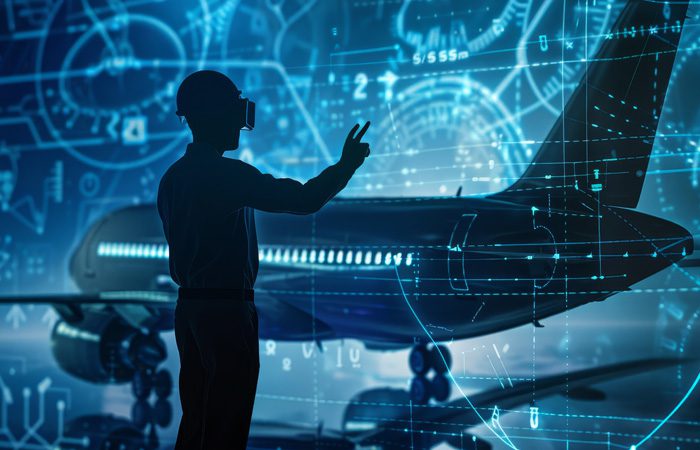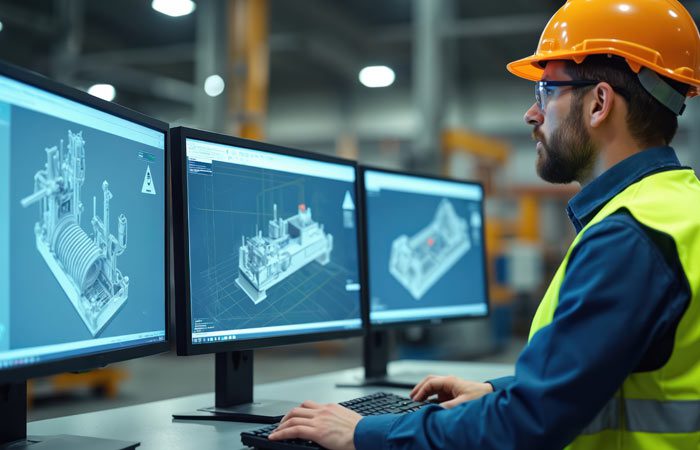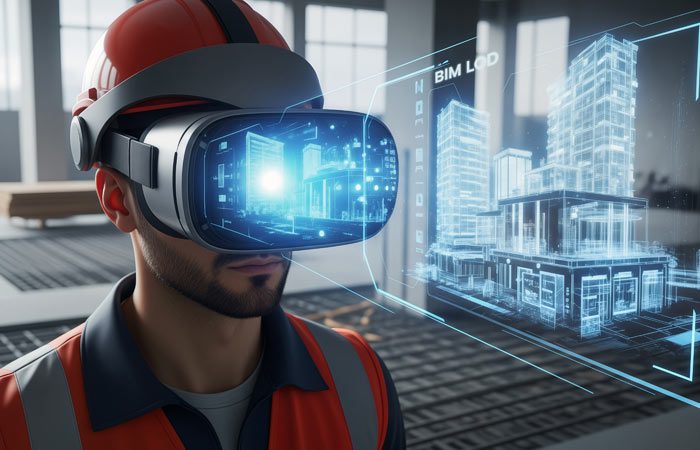
Digital Twin Applications in Aerospace: Simulating Fire Behavior in Cabin Interiors
The aerospace industry has always operated at the intersection of safety, innovation, and strict compliance. Among the most critical areas of focus is aircraft cabin fire safety, where even minor lapses can have catastrophic consequences.
With the emergence of advanced digital technologies, engineers are now leveraging the digital twin in aerospace to simulate, predict, and mitigate fire risks within aircraft interiors. By enabling virtual fire behavior simulation and predictive analysis, digital twins are redefining how engineers design and certify safer cabins.
The Rise of Digital Twin in Aerospace
A digital twin in aerospace is a virtual replica of a physical asset that mirrors its behavior under different conditions. This technology enables engineers to create real-time simulations of systems ranging from engines to cabin interiors. For fire safety, digital twins allow testing of aircraft material flammability and predicting how flames, heat, and smoke propagate in complex environments.
The move toward digital twin applications in aerospace cabin interior design represents a paradigm shift. Instead of relying only on physical cabin interior flammability testing, manufacturers can now simulate different fire scenarios virtually, reducing both costs and development cycles.
Why Fire Safety in Cabin Interiors Demands Innovation
Aircraft cabins are filled with diverse materials, including composites, plastics, textiles, and laminates. Each of these must pass rigorous aircraft material flammability and cabin interior flammability testing standards set by aviation regulators. Traditional testing is time-consuming, expensive, and often destructive.
Through virtual testing in aerospace engineering, digital twins enable designers to predict how materials will behave under fire conditions before producing physical prototypes. This makes the certification process more efficient while also supporting the selection of fire-resistant cabin materials aerospace engineers need for compliance.
Virtual Fire Behavior Simulation
One of the most promising aspects of digital twins is virtual fire behavior simulation. By using computational models, engineers can replicate how fire ignites, spreads, and interacts with cabin interiors.
Key elements include:
- Fire propagation simulation aircraft to study how flames move across different surfaces
- Predictive fire modeling aerospace to forecast temperature rise, smoke density, and heat release
- Integration of sensor data to create realistic cabin fire scenarios
The ability to run hundreds of cabin interior safety simulation scenarios in a virtual environment provides insights that would otherwise be impossible through physical testing alone.
Role of Digital Twin in Aerospace Material Flammability Testing
Every material used in a cabin must comply with aviation safety standards. Traditionally, cabin interior flammability testing involves physical burn tests that destroy samples. By contrast, a digital twin for aircraft safety enables non-destructive testing through simulation.
The role of digital twin in aerospace material flammability testing is transformative because it:
- Reduces material waste and testing costs
- Shortens certification timelines
- Provides detailed insights into heat, smoke, and toxic gas emissions
- Allows iterative design optimization before physical prototypes are built
This predictive capability helps engineers identify which fire-resistant cabin materials aerospace can be both lightweight and safe.
Using Digital Twin to Improve Cabin Fire Safety Standards
Regulatory authorities such as FAA and EASA continue to strengthen safety requirements. However, physical testing alone cannot always keep pace with design innovation. Here, using digital twin to improve cabin fire safety standards is a game changer.
By running digital twin fire simulation models, manufacturers can demonstrate compliance with evolving standards more efficiently. These simulations also offer regulators new data-driven insights into fire dynamics, supporting a more evidence-based approach to certification.
In turn, this enhances not only safety but also industry-wide trust in emerging aerospace digital twin applications.
Balancing Innovation and Safety in Cabin Design
Passengers expect modern cabins to be lightweight, comfortable, and aesthetically appealing. But how a digital twin helps simulate fire behavior in aircraft cabins shows that engineers can balance safety with passenger expectations.
For instance, lightweight composites can be tested in virtual testing in aerospace engineering environments to assess performance under fire conditions. If risks are identified, adjustments can be made before physical prototypes are created. This iterative approach allows innovation in digital twin applications in aerospace cabin interior design without compromising on compliance.
Predictive Fire Modeling in Aerospace
Advanced predictive fire modeling aerospace applications extend beyond cabin interiors. They can assess risks in cargo holds, galleys, and even avionics compartments. However, within cabins, predictive modeling is particularly valuable for assessing heat and smoke propagation in passenger areas.
By integrating simulation data into a digital twin for aircraft safety, airlines and manufacturers can make better decisions about evacuation strategies, material choices, and maintenance protocols.
Future Outlook: Digital Twins and Aerospace Fire Safety
The future of digital twin applications in aerospace will rely on deeper integration with real-time data from sensors embedded in aircraft cabins. Over time, this will enable predictive maintenance and real-time monitoring of aircraft cabin fire safety risks during operations.
Emerging trends include:
- AI-enhanced digital twin fire simulation for more accurate predictions
- Sustainable yet flame-retardant materials validated through digital twins
- Virtual reality integration for immersive cabin interior safety simulation training
As more manufacturers adopt this approach, the industry will benefit from faster certification, safer cabins, and stronger compliance with global standards.
Conclusion
The application of digital twin in aerospace represents a revolutionary step in advancing aircraft cabin fire safety. From virtual fire behavior simulation and cabin interior flammability testing to fire propagation simulation aircraft and predictive fire modeling aerospace, digital twins are enabling safer, more efficient, and more sustainable cabin design.
By understanding how a digital twin helps simulate fire behavior in aircraft cabins, engineers can meet the twin demands of passenger comfort and compliance. The role of digital twin in aerospace material flammability testing is especially crucial in supporting innovation while maintaining strict safety standards.
As the industry continues to adopt digital twin applications in aerospace cabin interior design, the ability to simulate and predict fire dynamics virtually will transform how cabins are engineered and certified. Ultimately, using digital twin to improve cabin fire safety standards is not just an innovation—it is becoming a necessity for the next generation of safer, smarter aircraft.


